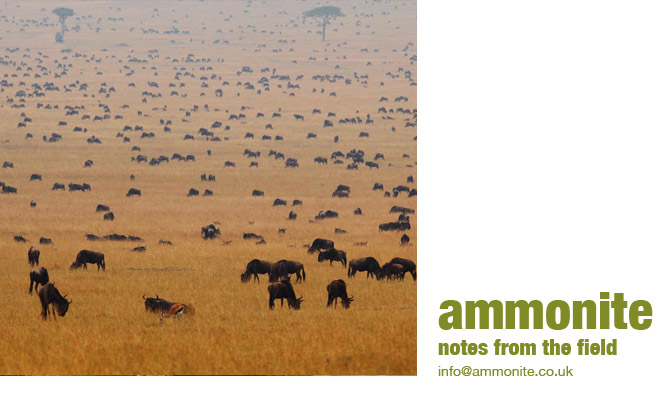The dry season is the best time of year to visit Santa Rosa. Because of the extreme conditions (rain for 6 months, no rain at all for 6 months) the trees here have developed some spectacular adaptations to the climate. By January, most of the trees have lost all of their leaves, and the place looks almost like a northerm deciduous forest in the winter. But it’s 40 degrees in the shade. Extreme thorns are a regular features (see photo) while other trees have bark that can continue to photosynthesise through the dryest weather, long after the tree has become leafless (see photo).
100 miles away, on the other side of the mountains which divide Costa Rica, is La Selva research station, the place that caused the fungal foot episode. Here, the habitat is rain forest in the truest sense. At the moment, it rains for an hour, then we get no rain at all for an hour. Filming is going slowly. Today the crew are waiting out the weather beneath a canopy created by huge 60 metre trees, notably ceiba, surrounded by ferns of every description, and the wild relatives of typical office pot plants, ficus, palms, cheese plants etc. (pics to follow)
The Director












